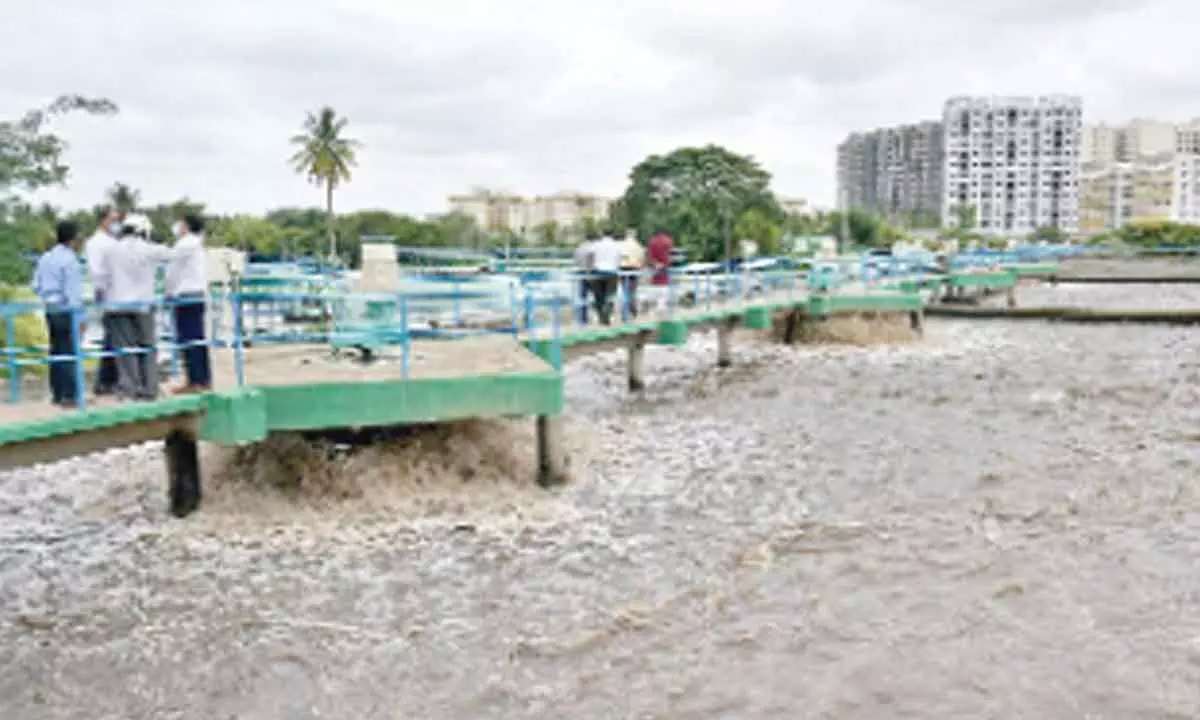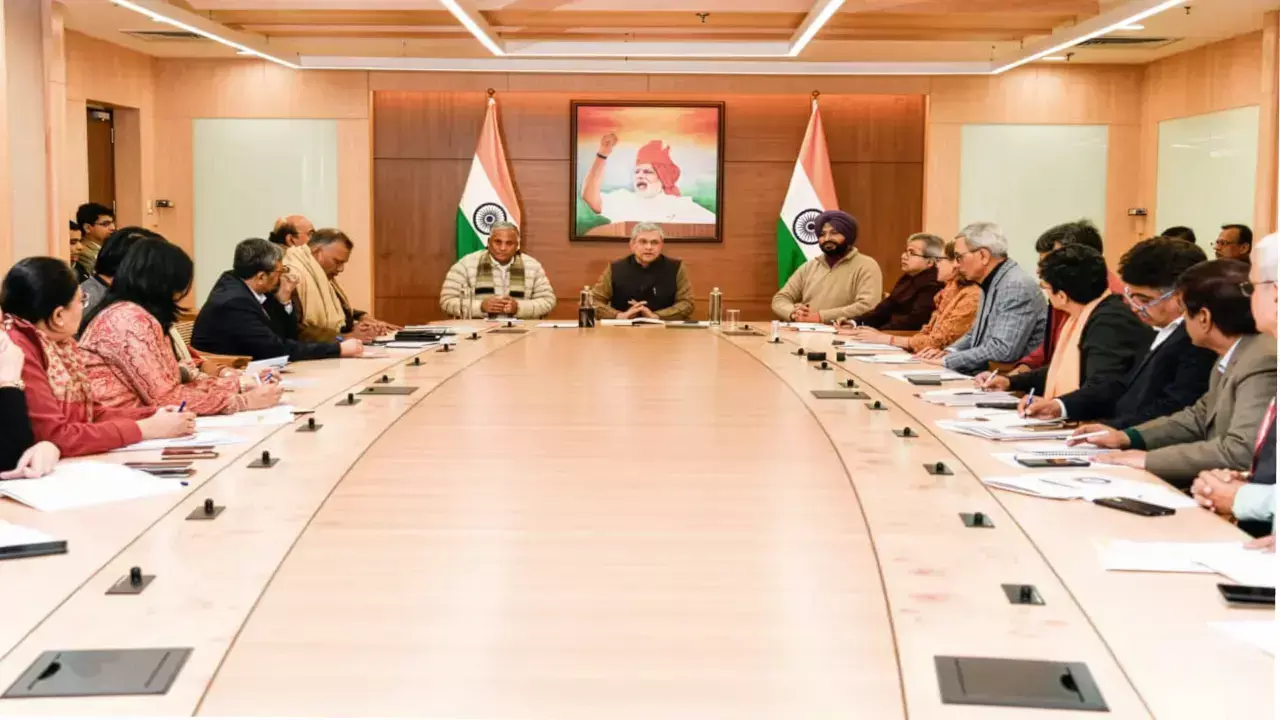BWSSB to upgrade sewage treatment facilities to meet NGT standards

Bangalore Water Supply and Sewerage Board (BWSSB) will decommission its 49-year-old 180-MLD sewage treatment plant (STP) at Nayandahalli and build a new 150-MLD one in accordance with new norms at a cost of roughly Rs 216 crore as part of its plan to improve sewage treatment and upgrade facilities to meet National Green Tribunal (NGT) standards.
Bengaluru: Bangalore Water Supply and Sewerage Board (BWSSB) will decommission its 49-year-old 180-MLD sewage treatment plant (STP) at Nayandahalli and build a new 150-MLD one in accordance with new norms at a cost of roughly Rs 216 crore as part of its plan to improve sewage treatment and upgrade facilities to meet National Green Tribunal (NGT) standards.
An official in charge of the project stated that the new plant in Vrishabhavathi Valley, when it is completed, "would complement another 150-MLD plant in the vicinity, construction of which is complete and commissioning work on."
The BWSSB board floated a tender on January 23 requesting bidders to carry out the project. The water board states that the new plant's BOD concentration won't exceed 10 mg/litre, compared to the old STP's 30mg/litre BOD design.
According to reports, the BWSSB tender states that the values of BOD should not exceed 10 mg/litre, SS (suspended solids) shouldn't be more than 10 mg/litre, total nitrogen shouldn't be more than 10 mg/litre, and dissolved phosphorus shouldn't exceed 1 mg/litre with regard to standards specific for treated sewage discharge into surface waters.
The existing 180-MLD STP will be replaced with a new one that will be built on a 32 hectare site. The contractor is required to maintain partial operation of the current plant throughout construction of the planned plant. Only after this plant is put into service will demolition of the old building begin.
The newly built STP is planned with shared infrastructure, such as headworks, a sludge-handling system, and power generating with a 300 MLD capacity. In the proposed facility, only structures and related work related to the liquid line must be undertaken, according to BWSSB.
With a planned capacity of 123 MLD, the current STP was initially only intended to treat sewage up to primary standards. The STP's construction started in 1971, and it was completed and put into service in 1974. By adding two-stage high-rate trickling filters, the plant was upgraded to secondary standards in 1986. Without nutrient removal facilities, its capacity was increased to 180 MLD.















